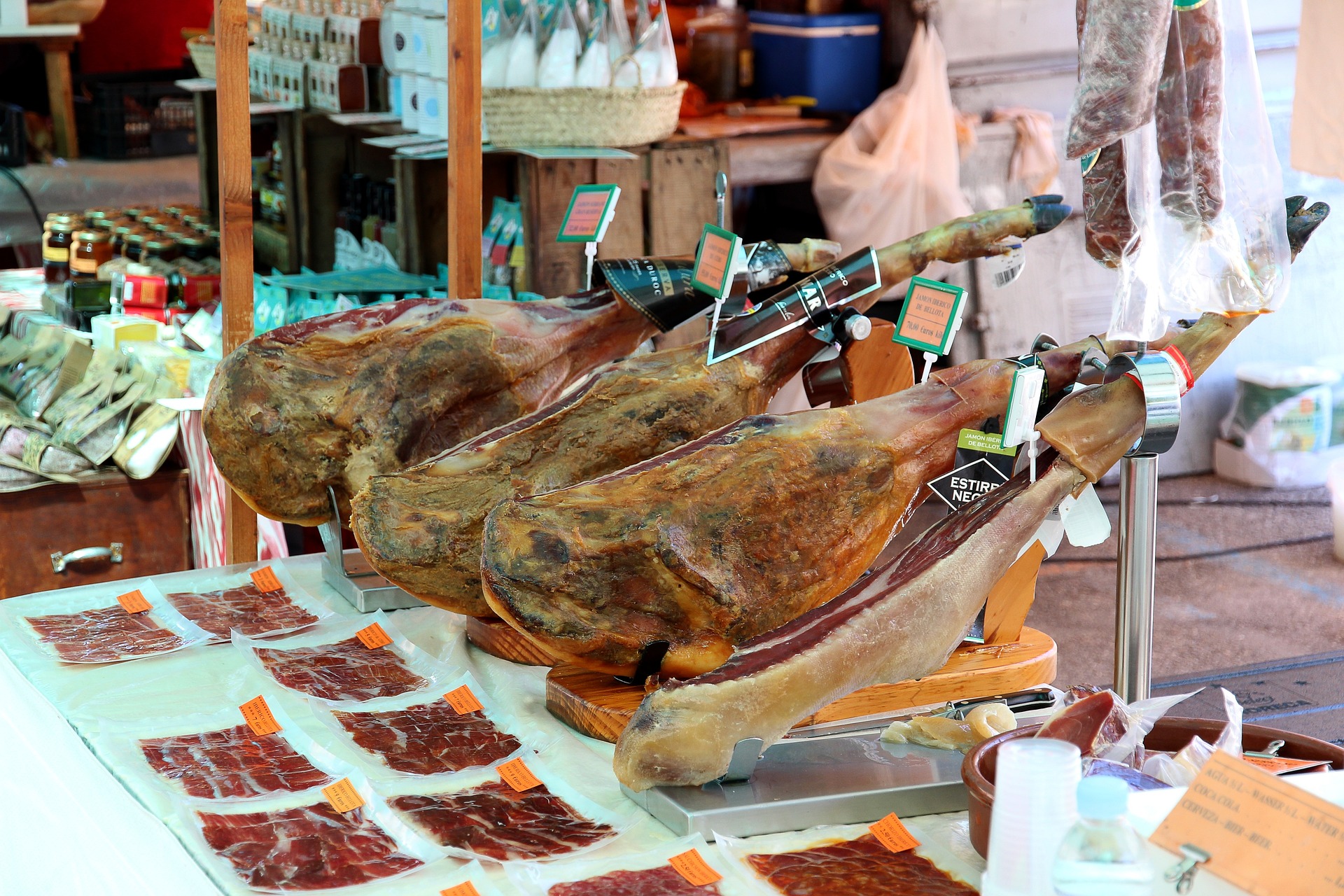The Art of Smoking Food: A Trending Culinary Technique
Smoking has been a popular method of preserving and flavoring food for centuries. Today, it has evolved into a culinary art form, adding depth and complexity to a variety of dishes. This article explores the art of smoking food, its resurgence in modern cuisine, and how you can incorporate this technique into your cooking repertoire. Read below to dive into this smoky culinary adventure.
The Science Behind Smoking Food
Smoking food involves exposing it to smoke from burning or smoldering materials, usually wood. This process imparts a distinct flavor to the food and also acts as a preservative. The smoke contains compounds that inhibit bacterial growth and slow down the process of fat oxidation, which can lead to spoilage.
The Resurgence of Smoking in Modern Cuisine
While smoking was traditionally used for preservation, modern chefs use it as a technique to enhance flavor. The choice of wood can greatly influence the flavor profile of the dish, with options ranging from hickory and mesquite to apple and cherry wood. The resurgence of this technique is largely due to the growing interest in traditional cooking methods and the desire to create unique, flavorful dishes.
Types of Smoking: Hot vs. Cold
Hot smoking and cold smoking are the two main methods used in food smoking. Hot smoking cooks and smokes the food simultaneously, making it perfect for meats and fish. Cold smoking, on the other hand, imparts flavor without cooking the food, making it ideal for cheese, nuts, and certain types of fish.
Essential Equipment for Smoking Food at Home
To smoke food at home, you need a smoker, which can range from a simple setup using a charcoal grill and wood chips to a high-end electric smoker. Other essential equipment includes a good quality meat thermometer, tongs, and a wire brush for cleaning the grates.
Incorporating Smoking into Your Cooking Repertoire
Smoking can be used to add flavor to a variety of foods, from meats and fish to vegetables and even desserts. Start with simple recipes like smoked salmon or chicken, and gradually experiment with different types of wood and foods.
Useful Tips and Facts:
- Always soak your wood chips in water before using them to create a slow, steady smoke.
- The type of wood you use can greatly influence the flavor of your smoked food. For instance, hickory imparts a strong, bacon-like flavor, while applewood gives a sweet, fruity taste.
- Cold smoking requires careful monitoring of temperature to ensure food safety.
- You can add herbs and spices to your wood chips to create unique flavor profiles.
- Patience is key when smoking food. It’s a slow process that can’t be rushed.
In conclusion, smoking food is a culinary technique that allows you to explore new flavors and elevate your dishes. While it requires patience and practice, the results are well worth the effort. Whether you’re a seasoned chef or a home cook looking to expand your culinary skills, smoking food offers a world of possibilities for creativity and innovation in the kitchen.





